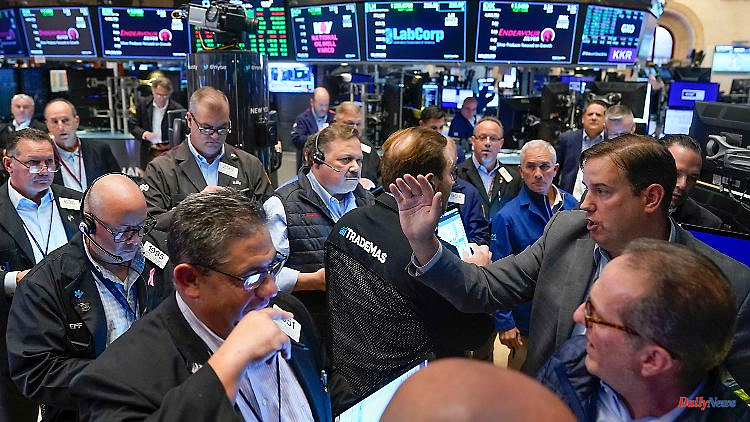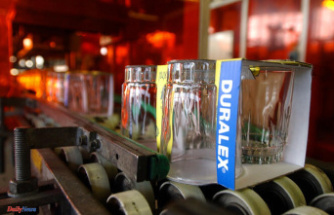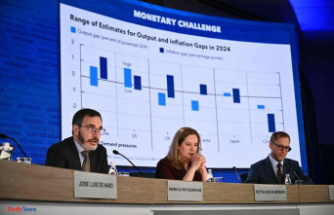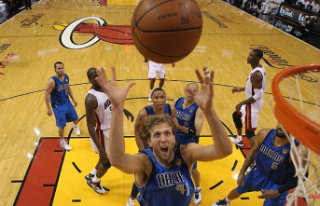The prospect of sharp interest rate hikes by the world's largest central banks dampened sentiment on Wall Street. But in view of the fall in petrol and food prices in the USA, consumer sentiment is also increasing. The sportswear company Nike in particular is impressive with strong sales.
Data on US consumer sentiment and the better-than-expected quarterly figures from sporting goods giant Nike brightened sentiment on Wall Street. The Dow Jones Index of Standard Values and the broader S
"Falling gas and food prices are giving consumers a bit of confidence. They're also seeing inflation starting to come down," said investment expert Brian Klimke of broker and money advisor Cetera Financial. The prospect of further sharp interest rate hikes by the world's largest central banks had pulled the stock exchanges down in the days before.
Stock markets also boosted the world's largest sportswear company, Nike, which significantly beat expectations for its quarterly sales. The stock jumped 12.29 percent to $115.89. Strengthening business in the US more than offset weakness in the Chinese market. The news spurred the entire sector - including rivals Lululemon, Under Armor and Vans parent VF, which rose as much as 4.54 percent.
At the same time, announced austerity measures helped the titles of the parcel delivery service FedEx to rise by 3.41 percent to $169.96. An upbeat analyst forecast is driving Boeing stock. The US aircraft manufacturer's shares jumped 4.1 percent to $196 - the highest level since March. The research company CFRA Research expects deliveries of Boeing and Airbus jets to increase by at least 25 percent in the coming year. The reason is a recovery in demand for travel.
Prices rose on the crude oil market. Brent from the North Sea and US light oil WTI rose in price by around 0.22 and 3.1 percent, respectively, to $82.38 and $78.45 per barrel (159 liters).
U.S. crude inventories fell 5.89 million barrels, well above expectations for a 1.66 million barrel decline, according to the EIA. In contrast, data from the largest US oil and gas industry interest group, API, showed a drop of 3.1 million barrels in the week ended December 16. "This report is very optimistic, especially given that crude inventories have been declining and distillate inventories weren't rising any further before the cold snap," said Phil Flynn, an analyst at Chicago-based commodities trader Price Futures Group.












